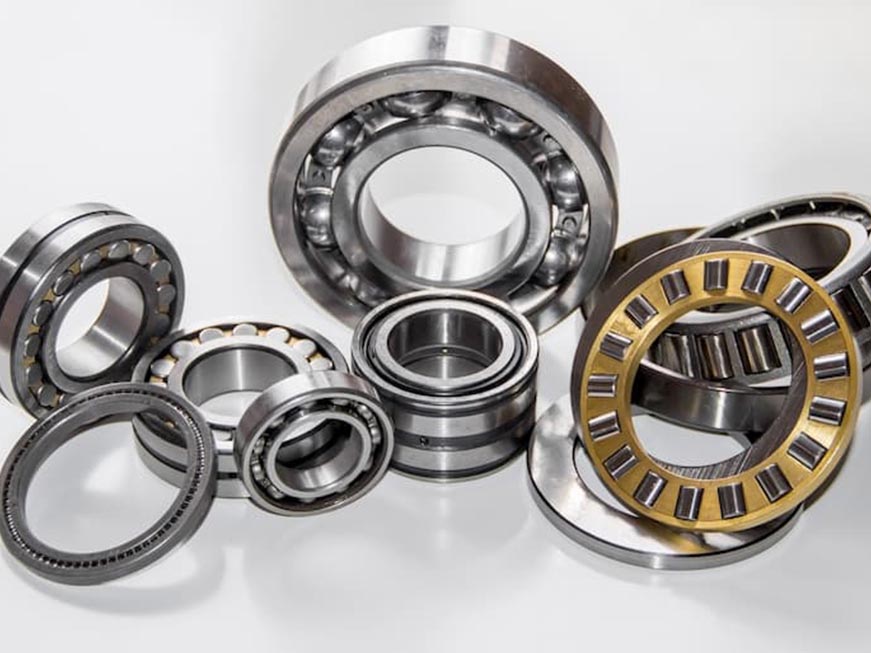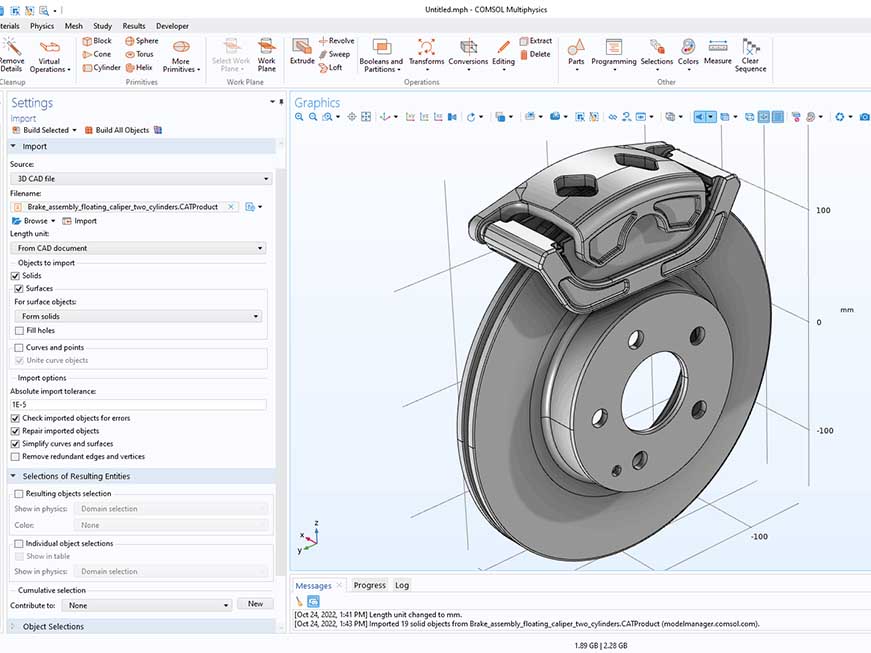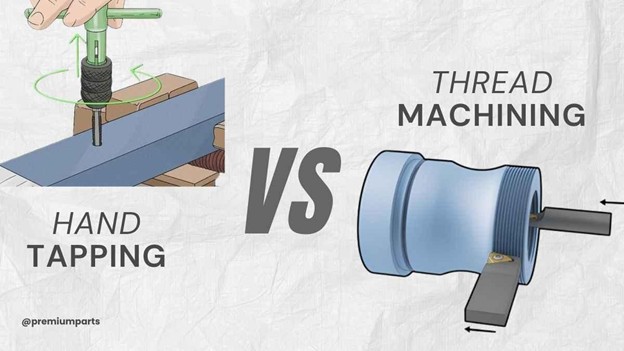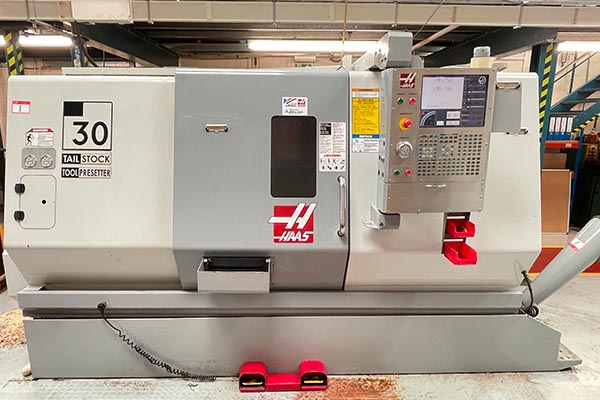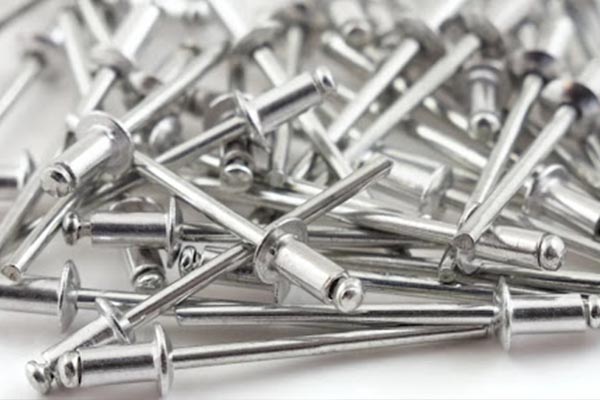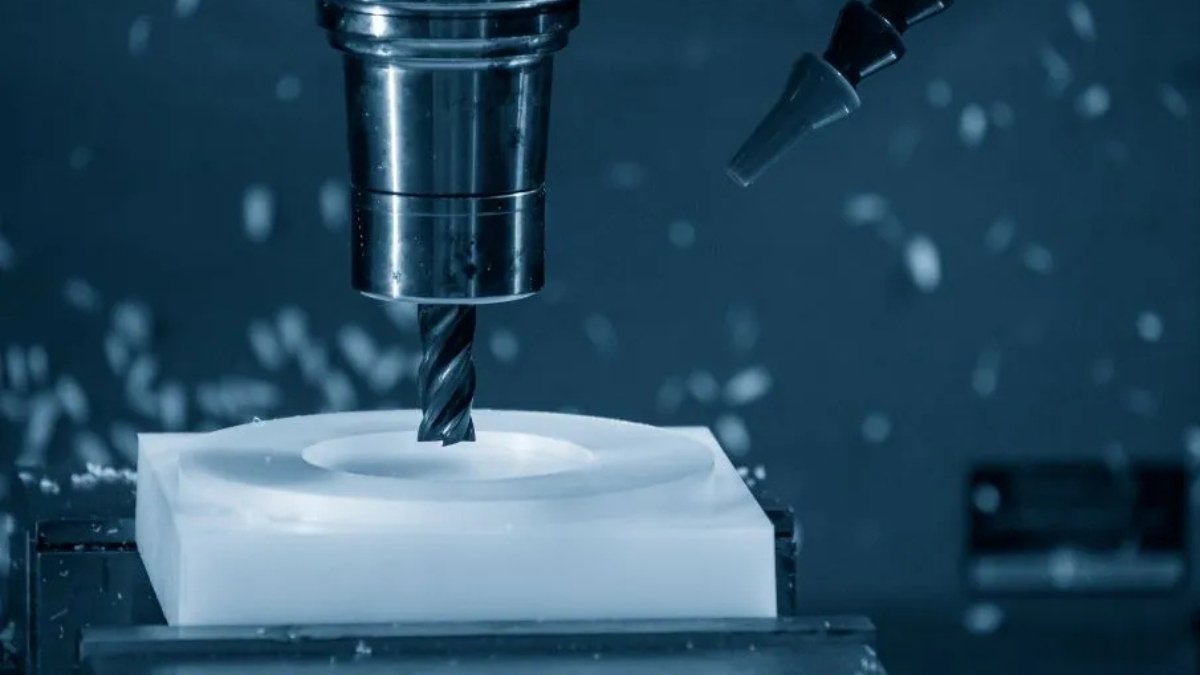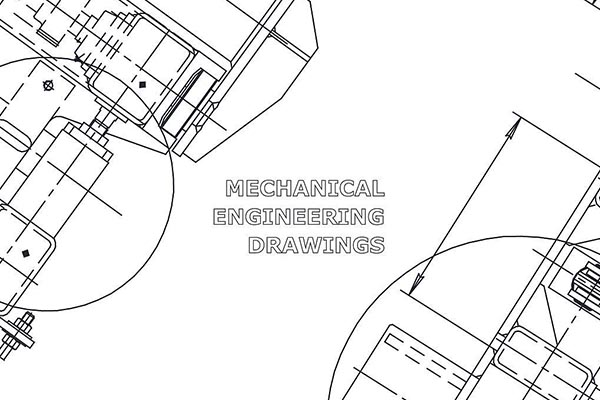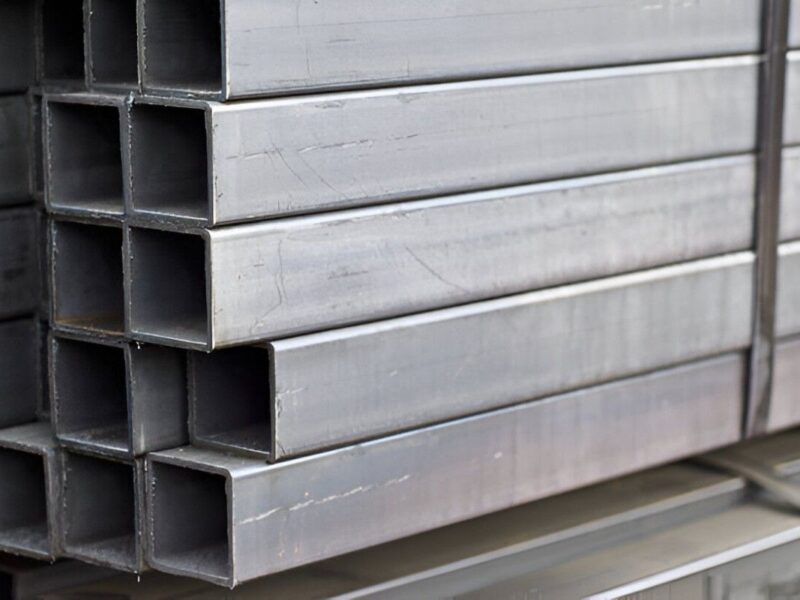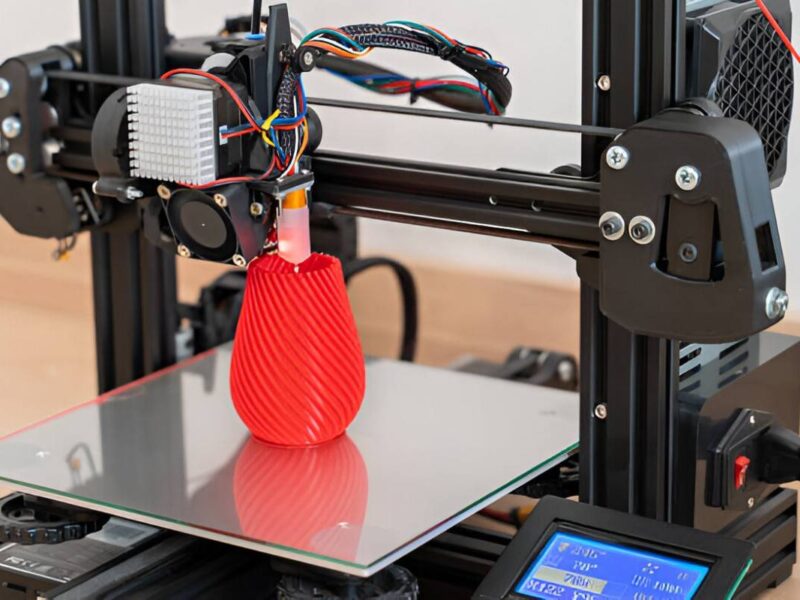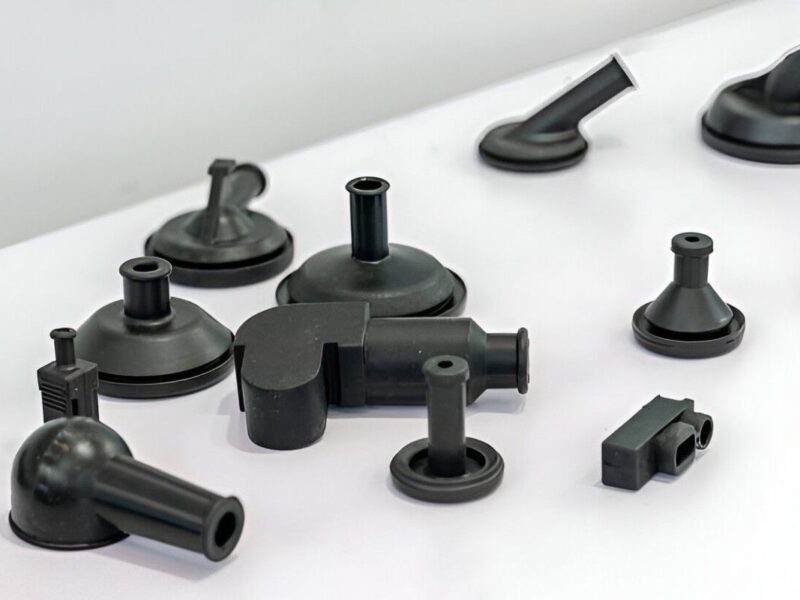When it comes to manufacturing, how you tool your product can make or break your product development schedule and budget. Tooling is not just a technical choice; it is a critical one. It affects cost, speed, flexibility, and eventually, product success in the market.
If you have a new consumer product to introduce to the market, a design prototype to verify, or even if you need to scale up for high-volume manufacturing, knowing the difference between soft and hard tooling can save you from bad decisions that cost money and resources. These two types of tooling are designed for two very different ends, and choosing either at the wrong point can result in delays, unnecessary costs, and time and materials wasted.
At Premium Parts, we liaise with startups, OEMs, and product developers to ensure they make their tooling strategy consistent with their objectives. From agile prototyping to strong production, we customize soft and hard tooling services to optimize cost and performance at any step. This article demystifies the difference between soft and hard tooling in the real world and how to use both to speed up development without compromising quality.
What is Soft Tooling?
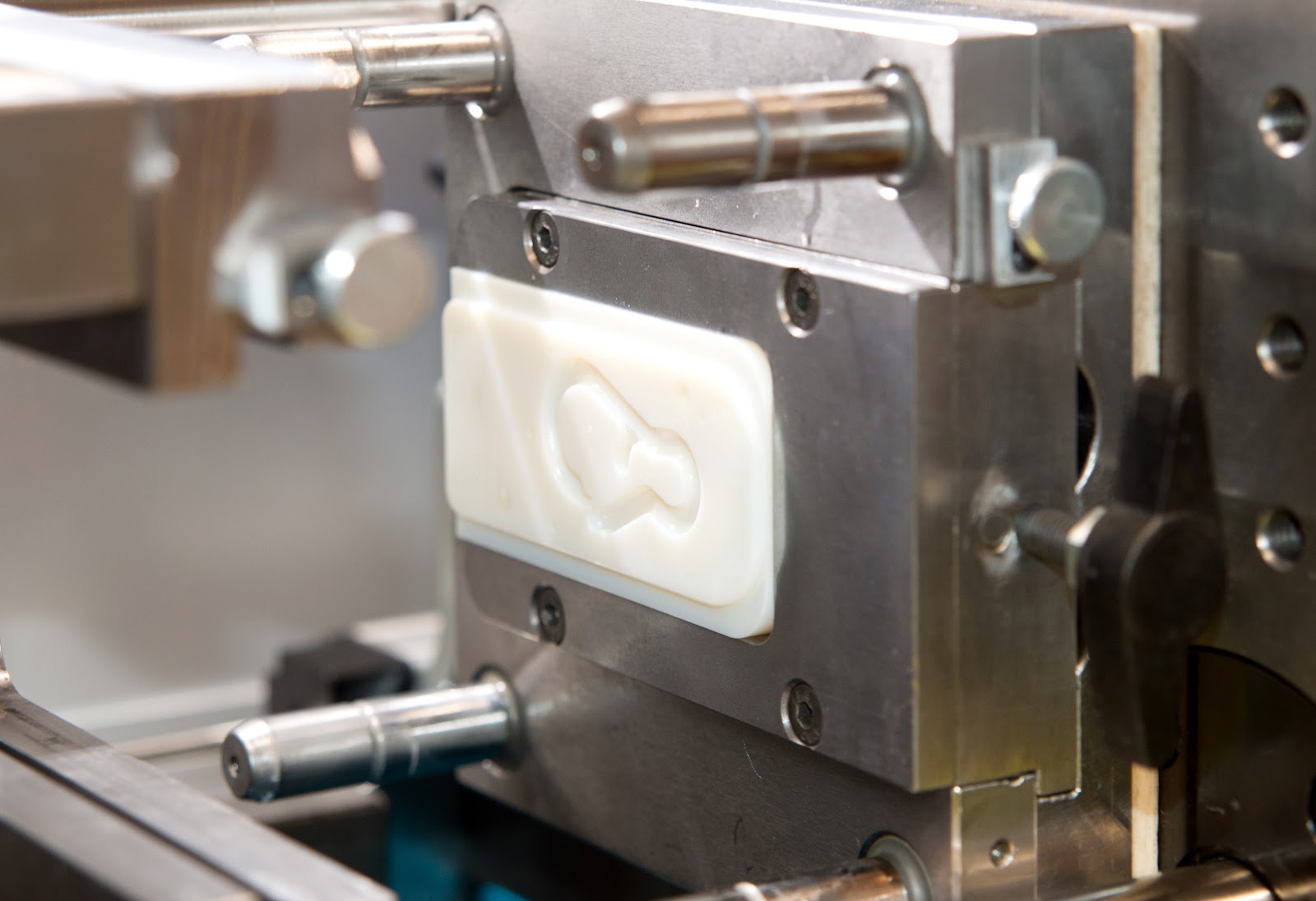
Soft tooling is the use of temporary, low-cost mold tools (such as silicone, aluminum, or 3D-printed plastic) to manufacture small volumes of parts with speed. It is mainly used for rapid prototyping, bridge production, or small-volume manufacturing, where flexibility is preferred more than longevity.
Key Characteristics of Soft Tooling
- Faster Turnaround: Soft tools can be manufactured much faster compared to hard tools. You can go from CAD to physical parts within days as opposed to weeks.
- Lower Upfront Cost: Soft tools need less capital investment because they use cheaper materials and simpler methods of production. It is the attribute that is suitable for prototyping or running several iterations of the design.
- Limited Tool Life: Soft tools usually do not last long. Depending upon the material and the process, soft tools are good for 10 to 500 parts before degradation starts.
- Design Flexibility: Since these tools can be easily changed or reissued, they are ideal for experimenting with design or making minor edits without needing to finalize the shape.
When to Use Soft Tooling
Soft tooling outperforms in the beginning stages of product manufacturing. When testing for form and fit, fine-tuning a design, or even introducing a small pilot run to test your market, soft tooling provides that agility to make fast decisions. It is also commonly applied in the urethane casting, vacuum forming, and low-pressure injection molding.
At Premium Parts, we are the professionals in developing high-precision soft tools for rapid iterations. If you have only one prototype to test or are comparing three options side by side, our rapid tooling capability helps keep you agile, allowing you to gather feedback more quickly and reduce time-to-market.
What is Hard Tooling?
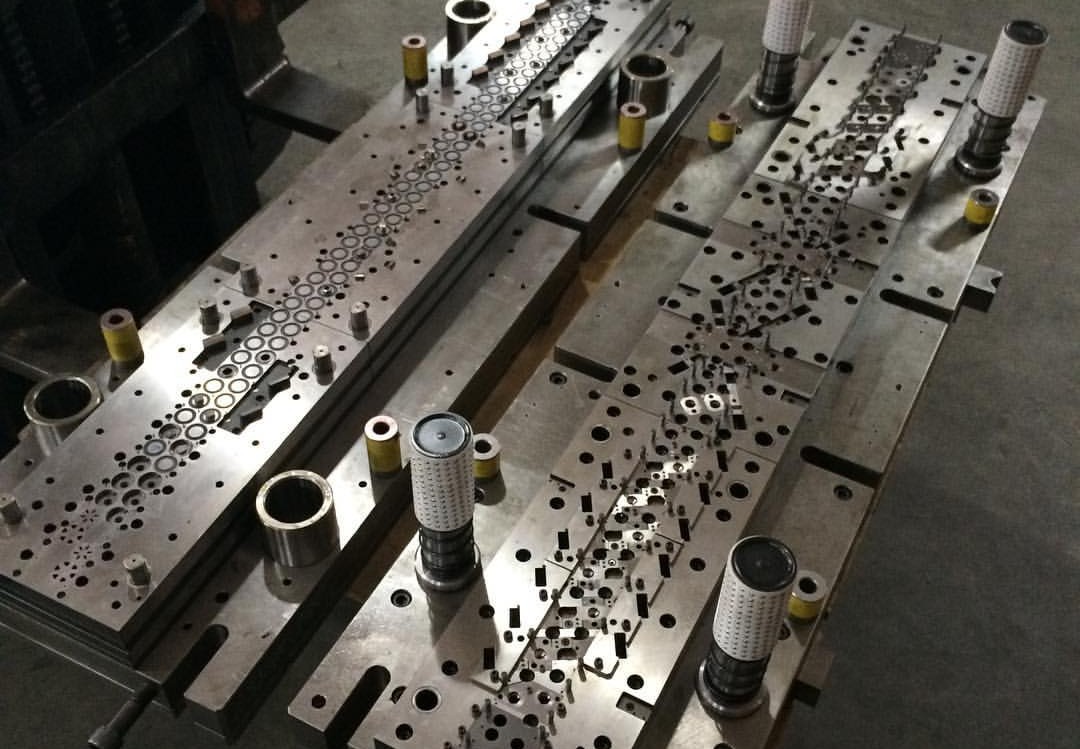
Hard tooling refers to permanent, durable, or strong tooling that is usually constructed using hardened steel or any other strong metal. These devices are designed to withstand high-pressure, high-volume manufacturing for a long-term duration without losing precision or power. While the initial investment is significantly higher, hard tooling offers unmatched consistency and efficiency for large-scale production.
Key Characteristics of Hard Tooling
- High Durability & Longevity: Hard tools are made to be durable. Whether you turn tens of thousands or millions of parts, well-kept steel molds can bring consistent performance throughout the entire range of the production cycle.
- Superior Surface Finish & Accuracy: Hard tooling incorporates the materials and the precision machining work that enhances tighter tolerances, smoothens the finishes, and produces complex geometries with a reduced post-processing process.
- Higher Upfront Cost: Tool steel, EDM, and precision grinding come at a cost. However, if your project requires large-scale production, the cost per part decreases significantly, making it a worthwhile long-term investment.
- Longer Lead Times: Hard tooling requires meticulous attention to detail, mold flow analysis, and precise machining. It results in a longer tooling schedule, typically ranging from 4 to 8 weeks, depending on the complexity.
When to Use Hard Tooling
If your product has reached the prototyping stage and you are embarking on mass production, hard tooling becomes necessary. Hard tools are used quite extensively in industries such as automotive, medical devices, and consumer electronics to obtain speed, repeatability, and quality.
At Premium Parts, we design and manufacture hard tooling systems that are scalable with regard to production. Our toolmakers leverage CAD/CAM software, 5-axis machining centers, and heat-treated tool steels to establish molds that can stand the test of time (i.e., without sacriaficing quality).
Soft Tooling vs. Hard Tooling: Key Differences
Knowledge concerning differences between soft and hard tooling is not only about materials and duration, but also about how each fares in addressing your business goals. Here is the description of the major differences:
| Factor | Soft Tooling | Hard Tooling |
| Material | Silicone, aluminum, 3D-printed plastics | Hardened steel, tool steel |
| Cost | Low upfront investment | High initial cost |
| Lead Time | Short (days to 1–2 weeks) | Longer (4–8 weeks) |
| Tool Life | Low (10–500 parts) | High (50,000+ parts) |
| Surface Finish | Moderate, often needs post-processing | High, with minimal finishing required |
| Precision/Tolerances | Moderate | Tight, highly repeatable |
| Modifiability | Easy to change or reprint | Expensive and time-consuming to modify |
| Best Use Case | Prototyping, bridge tooling, and low-volume runs | High-volume production, long product life cycles |
Strategic Use of Both Tooling Types
Many successful product teams treat the soft tooling as the preparatory stage of hard tooling. You prove your design and fit with soft tools, and then go to high-volume production with hard ones. This two-stage process minimizes development cycles, risks, and expenses.
Premium Parts assists in planning the specific journey for clients. Regardless of whether you’re 3D printing early concepts or ramping up to a 100,000-piece injection molding run, we work with you in selecting the right tooling roadmap from a financial and technical perspective.
The Pros and the Cons of Each Approach
It would be wise to consider the strengths and drawbacks of both soft and hard tooling before using any of these. Although one can appear more attractive on paper, the right decision will entirely depend on your product’s lifecycle stage, production objectives, and budget.
Soft Tooling: The Pros
- Rapid Turnaround: Soft tools could be printed in days with a 3D printer, silicone mold, or CNC-machined aluminum. This is perfect for teams in a race to test market demand or iterate fast.
- Lower Cost: When it comes to prototypes or low-volume productions, soft tooling is very valuable. You do not make the massive up-front payment of hardened molds, yet still get functional, ready-to-be-tested parts.
- Design Freedom: Made a last-minute design tweak? Soft tooling means it is possible to modify or rebuild the tool relatively quickly, with minimal downtime and cost.
- Early Stage Testing: Soft tools enable the teams to test multiple materials, geometries, or functional details. It’s your perfect fail-fast mechanism before scaling.
Soft Tooling: The Cons
- Limited Tool Life: Most soft tools wear out or become dimensionally inaccurate after a couple of dozen or even a few hundred cycles, rendering them useless for long production runs.
- Lower Accuracy: Compared with hardened steel molds, soft tooling may wear off, become thermally deformed, and be non-uniform due to variation from part to part.
- Surface Finish May Vary: If surface appearance or tight clearance is important, soft tooling may require secondary finishing, which will increase both time and cost.
Hard Tooling: The Pros
Durability and Consistency: Steel molds are legendary in durability. Once validated, they can produce tens of thousands of parts with precise tolerances and high repeatability.
Superior Finish and Precision: Hard tooling can handle complex shapes, tight tolerances, and critical features, all of which have a great surface finish.
Low Per-Part Cost Over Time: Although upfront tooling cost is higher, a part becomes a lot cheaper once amortized in large volumes.
Scalable Production: Hard tooling allows 24/7 production, automation integration, and minimal maintenance of long manufacturing cycles.
Hard Tooling: The Cons
- Higher Upfront Cost: Tool steel, mold design, and heat treatment require significant capital investment due to their high demands. This may be resource-draining for startups or limited-run products.
- Longer Lead Time: The creation and production of hardened molds require extra time because of the complexity.
- Less Flexible to Changes: When a hard tool is manufactured, changes are expensive and time-consuming. There is a need to have a design freeze before any investment.
Real-World Scenarios: Which Tooling is Right for You?
Not sure which one is the best? It is easy to make it simple with some practical examples. These real-life cases demonstrate when businesses prefer soft versus hard tooling and when a combination of both is the smarter choice.
Scenario 1: A Startup Validating a New Product Design
Use Case: A hardware startup is in the process of designing a wearable medical device, which they need to test 100 pieces of to be used in clinical trials.
Best Fit: Soft Tooling
Why? The team requires rapid prototypes of the kind that look similar to the end product at a minimal cost. Soft tooling allows them to iterate and test in a short span of time. After the design validation is over, they can invest in hard tooling for mass production.
Scenario 2: An Automotive Tier 1 Supplier Prepping for Mass Production
Use Case: One of the suppliers is introducing a new series of fuel injector housings for vehicle OEMs – the annual volume will probably exceed 1 million+ units.
Best Fit: Hard Tooling
Why? Volume, durability, and standards of quality are all very important. Hard tooling offers tight tolerances, high throughput, and a cost-effective solution when at high volume. Once it is approved, the supplier is in a position to carry out full production with no fear of tool degradation.
Scenario 3: A Consumer Electronics Brand in a Rapid Innovation Cycle
Use Case: A tech company has to develop several case designs for a new smart speaker before settling on the final one.
Best Fit: Soft Tooling (At the Beginning), Shift to Hard Tooling
Why? Rapid iteration is critical even at an early stage of development, and therefore, soft tooling allows for rapid feedback and corrections. After this is done, whenever the best design is chosen, transition to hard tooling guarantees long-term production and efficiency.
Scenario 4: A Niche Producer of 500-Unit Production Batches
Use Case: A lighting company that specializes in specialty lighting manufactures small runs of customized enclosures with unique finishes and designs.
Best Fit: Soft Tooling
Why? The high investment cost is unjustified due to low volume and frequent design changes. Soft tooling provides flexibility and cost-effectiveness that still results in the provision of acceptable quality levels for short life cycles of products.
At Premium Parts, We Build Tooling That Fits Your Needs
No two products or two projects are the same. That is why Premium Parts does not have cookie-cutter tooling solutions. We evaluate your timeline, budget needs, design complexity, and end-use needs before coming up with a tooling strategy.
Whether it’s a quick prototype to satisfy the investor deadlines or a durable mold for shipping the products to the rest of the world, we engineer tools that fit your real-world needs.
Tooling Transition: From Prototype to Production
Understanding the transition from soft tooling to hard tooling is crucial for teams aiming to scale effectively. This is not just a change of materials; it includes finalization of design as well as validation of performance and planning of production. Here’s a way to go through it without inconveniences:
When Should You Transition?
It is time for you to consider switching to hard tooling when the following is true:
Design Has Stabilized: You have run your design iterations, your customer feedback has come in, and your product is not changing much anymore.
You’re Scaling Beyond Low Volumes: If you are going from pilot runs (hundreds) to production batches (thousands or more), soft tooling will not cut it economically, or mechanically.
You Need Consistency and Speed: Hard tools eliminate variability between parts and slash cycle time per part by a significant amount, both important drills for production efficiency.
Per-Part Cost Becomes a Concern: The increased cost of hard tooling is paid back through massive reductions in per-part cost on long production runs.
Steps in the Transition Process
Refine CAD Models: Precision is crucial for achieving perfect details, such as tolerances and undercuts. The manipulation of hard tools can be expensive, which emphasizes the need for accuracy.
DFM and Mold Flow Analysis: Perform Design for Manufacturability (DFM) reviews and mold flow simulations to achieve optimal gating, cooling, and ejection without cutting steel.
Non-Mandatory Pilot Run – with Bridge Tooling (Optional): To augment more, one can use bridge tooling, which is a hard aluminum or P20 steel tool, to produce a few thousand units before going hard.
Build the Hard Tool: Hire a mold maker who has worked with high-volume production tools. Material, hardness, and coating selection here are important.
Tool Trials and Part Qualification: Perform initial trials, gather parts, and verify them against specs. Before the complete ramp-up, dimensional drift or flashing is to be dealt with.
Pro Tip:
We tend to condition a “tooling roadmap” into the initial engagement phase at Premium Parts, so that our clients have some idea of when and how scaling of their tooling strategy can be done efficiently.
How Premium Parts Help You in Selecting the Right Tooling
Tooling is not a technical decision; it is a strategic one. In Premium Parts, we will walk the customers through the entire tooling lifecycle: from napkin sketch to large-scale production. Here’s what makes us different:
Tooling Recommendations
We don’t only ask for your CAD files and give blind quotes. We start by asking better questions:
- What is your expected part volume today and within 6 months?
- How many design iterations will there be?
- Do you want materials that you can use for production on your prototypes?
- Is the cosmetic appearance or texture of the surface important?
This deep dive allows us to suggest the tooling that goes along with your business goals, not just with your part design.
Tooling Capabilities That Cover Every Stage
- Soft Tooling Options: From urethane casting to aluminum injection molds, we provide rapid, cost-effective tooling that’s great for the prototyping and pre-production stages.
- Hard Tooling Manufacturing: From P20, H13, and fully hardened steel, we make our molds aimed for large-scale long-term production, optimized for part ejection cooling and cycle time.
- Bridge Tooling and Hybrid Approaches: Need something in between? We offer medium-volume bridge tooling that has quicker turnaround and longer-lasting capability than soft tools, but at a fraction of the cost of hardened molds.
In-House Engineering Support
Our team of tooling engineers and DFM experts collaborates with you to:
- Simplify complex geometries
- Suggest the best draft angles and the parting lines.
- Discover moldability problems early, before they eat up your time and finances.
We are not only in the business of building molds – we are helping you build better products.
Conclusion: Don’t Overpay or Underprepare
The material decision between soft-tooling and hard-tooling is not just a choice for material, it is a choice that determines your entire product lifecycle. Choose wrong and you can blow your money up front, miss your deadlines, or under-deliver in production. Getting it right opens doors to speed, scalability, and long-term profitability.
Soft tooling is excellent when you are iterating quickly, exploring a new concept, or bracing for demand you are not sure of. It makes sure that your risk is low and your feedback loops are tight. However, when precision, strength, and a great output are foremost, hard tooling will be your best investment.
This is why a one-size-fits-all approach cannot work.
Smartest of the product teams prepare for the tooling evolution. They use soft tools to explore and validate before they transition to the hard tools with confidence for scale.
We ensure that the ride-along is smooth at Premium Parts. Whether you are manufacturing to produce 50 prototypes or to move on to 50,000 units, we deliver to you the correct tooling at the correct time for the right results.
Ready to Build Smarter? Contact Premium Parts
Every great product launch has to begin with a good strategy for implementing tools. Regardless of whether your business is in the prototyping stage or preparing for the actual large-scale production, we will walk through soft vs. hard tooling choices with you in the clearest, shortest way, and with a technical understanding of the case.
Why Choose Premium Parts?
Proven Experience: From automotive to medical, we’ve worked with hundreds of product engineering departments to pick out the best tooling route for their specific goals.
Full-Service Solutions: CNC machining, injection molding, rapid tooling, and mass production all under one roof.
Fast Lead Times: Soft tooling delivered in days. Hard tooling is manufactured to scale.
Engineering-First Approach: Get design and materials consulting, as well as cost optimization, from the beginning.
You do not have to choose alone. Let’s look at your schedule, budget, and technical needs, and we’ll create a no-nonsense tooling plan for you.
- Request a Free Quote
- Schedule a Call with Our Engineers
- Or just email us at [email protected]—we’ll reply within 24 hours.
At Premium Parts, we’re not just another supplier. We’re your partner in precision manufacturing, from first shot to full production. Let’s build better, together.


